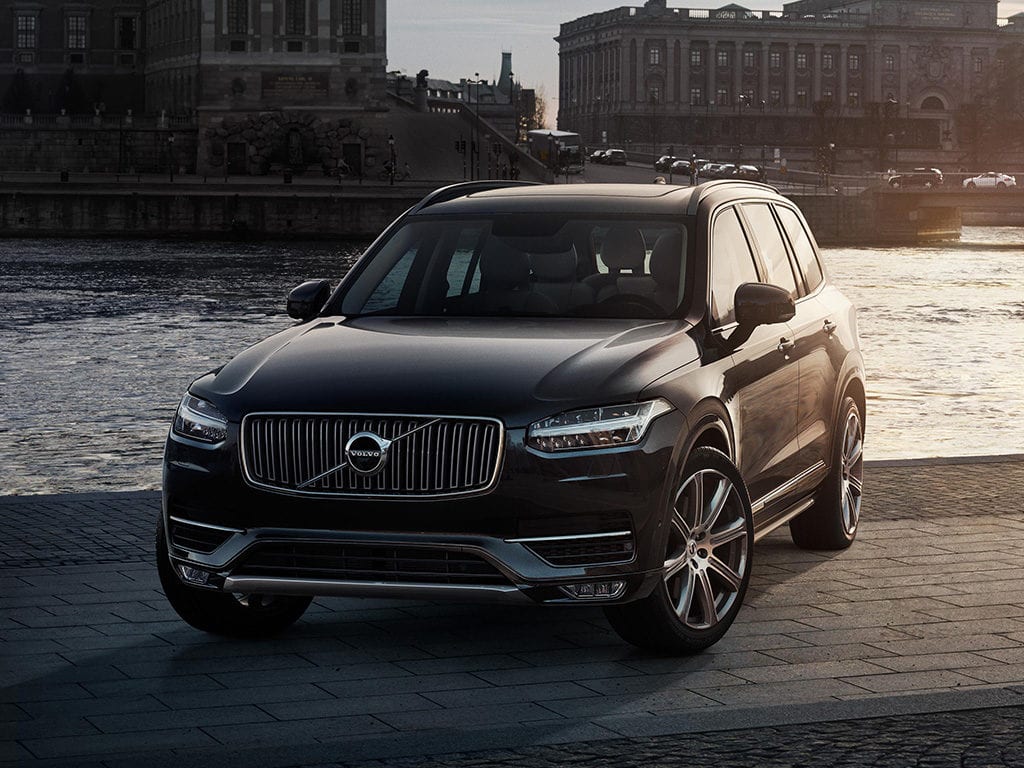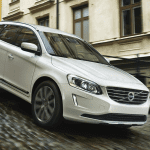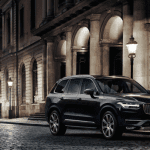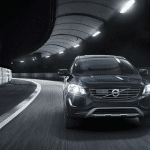Say goodbye to the current Volvo XC90, because the 2017 Volvo XC90 will be appearing after September of 2016. Did the XC90 really need an update though? After all, it’s already a pretty great vehicle. Therefore, it might seem like a bad move on Volvo’s part to change something that’s doing quite well for itself. However, as time evolves so does technology and consumer demand. So it’s not surprising that Volvo wants to keep up with the times. With this in mind, let’s take a look at a couple of the best features of the 2016 model, then look at some of the enhancements expected on the 2017 model.
The important thing to remember is that the 2017 model will still have everything you know and love about the “old” model — just upgraded.
2016 XC90
While there are many great features about the 2016 XC90, there are a couple that stand out the most. It is an SUV made by Volvo after all, so it’s no surprise that the safety and technology found on this model are as state-of-the-art as possible.
Safety
One thing Volvo cars are known for in general is having a lot of safety features standard — and the 2016 XC90 is no exception. This car has plenty of standard features, including antilock disc brakes, stability and traction control, front-seat side-impact airbags, full-length side curtain airbags, and anti-whiplash front seats. On the technological side of things (still safety related), the XC90 comes with plenty of advanced safety features standard as well, such as a rearview camera, frontal-collision warning (including pedestrian and cyclist protection), as well as automatic braking for reducing and preventing a frontal collision.
The XC90 is also a vehicle that pioneered Volvo’s Run-Off Road Protection safety technology. This system will activate if it detects the XC90 has gone off the road unintentionally by automatically tightening the seatbelts, helping the impact-absorbing seats (in case the vehicle comes down hard on the suspension) to actively mitigate any impact forces that might be experienced by occupants.
Volvo On Call service is also found on the XC90 and is the brand’s emergency response feature — much like Chevy’s OnStar technology. Emergency assistance, automatic collision notification, stolen vehicle locating, and remote door locking and unlocking are all possible, thanks to this feature.
Keep in mind, those were all standard features, which easily makes the XC90 the leader in standard safety technology when compared to other luxury SUV markets on the class. Some of the optional safety features include a surround-view camera, rear-cross traffic alert, lane-departure warning and lane-departure intervention, not to mention blind-spot monitoring.
Overall, the XC90 deservedly received a top score of Good in all categories by the IIHS in the safety testing, and a top rating of Superior for its forward collision mitigation system’s accident avoidance performance – accolades not many other SUVs out there can claim.
Technology
Probably one of the most memorable technological components found standard on the 2016 XC90 is the 9-inch central touchscreen. This touchscreen stood apart for two reasons: one, because it’s rare to find a 9-inch touchscreen standard on most vehicles. Typically, that size touchscreen is found on a higher trim level. Two, it is oriented vertically instead of horizontally like most other touchscreens found on the market. The reason Volvo did this is because it supposedly helps with superior map viewing and menu structures. Which makes sense, considering that when using GPS it’s more important to see further in front of you on the screen rather than what lies side to side.
The XC90 comes with voice control, Bluetooth phone and audio connectivity, smartphone app integration, and a 10-speaker sound system with satellite radio. For a more primitive music experience, it still comes with an aux input jack and a USB port. Upgrading to the T6 and T8 Momentum trims gets you LED adaptive headlights, additional interior lights, and four-zone automatic climate control.
There are also plenty of packages available that add many more technological features to the XC90, but let’s take a peek at what the future has in store…
2017 Volvo XC90
So, what does the 2017 Volvo XC90 have in store for us? Well, it’s projected to sport Pilot Assist II, which is Volvo’s latest addition to their semi-autonomous driving technology. On top of that, it also has a new lineup of engines.
Pilot Assist II
It might be a semi-autonomous piece of technology, but Pilot Assist II is Volvo’s latest leap towards autonomous driving. This feature is home to adaptive cruise control, which creates a semi-autonomous highway driving system that — much like Tesla’s Autopilot system — controls the acceleration, braking, and steering to follow traffic flow in the lanes on well-marked highways. This is a big leap compared to the adaptive cruise control currently offered by Volvo, which only works in cities and at speeds up to 30 mph. Instead, this new adaptive cruise control can now effectively operate at speeds of up to 81 mph, and no longer requires a vehicle in front to gauge speed or safe following distance.
PowerPulse
New technology also includes PowerPulse for the diesel model. This is designed to eliminate the turbo drag that’s found on most diesel engines. It adds an electric compressor and pressurized two-liter air tank to the powertrain, which allows fresh air coming into the vehicle to be stored in the tank. When you put the pedal to the metal, the compressed air is released into the exhaust manifold, which in turn quickly spools the turbo for immediate results.
Speaking of diesel engines, that’s only one of the types of engines that will be found on the 2017 XC90.
New Engines
Yes, there is a whole new engine lineup for the new XC90. Now, it will come with a gas, diesel, and even electric engine. While there is not much known about the diesel model yet (or if it will even be sold in the U.S.), it’s likely that the electric hybrid model will be released in the US.
The gas engine in question is a 2.0-liter supercharged and turbocharged inline-four engine that serves up 316 horsepower and 295 lb-ft of torque. For the hybrid model, the 80 horsepower and 177 lb-ft of torque electric motor will simply be tagged onto the gas engine for the plug-in model. Together, they will collaborate to provide a hybrid driving experience.
The fuel economy is superb for an SUV, with the gas model rated at 20 mpg city and 25 mpg highway, making it a cost-effective choice from the SUV class.
A Bittersweet Farewell
The 2016 XC90 will be missed, but from what we know of the 2017 model right now, it looks like the replacement will be worth it. After all, the 2017 XC90 will retain the same type of basic design, cargo and passenger space, technology, and safety features – but upgraded!
September 2016 can’t come soon enough, and I’m sure there is still a lot more to be announced about the 2017 XC90 before then. Volvo, we’re all ears…







